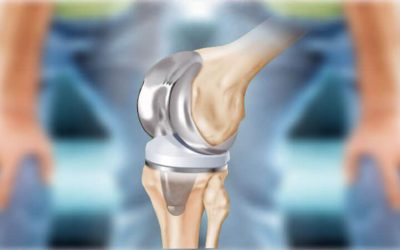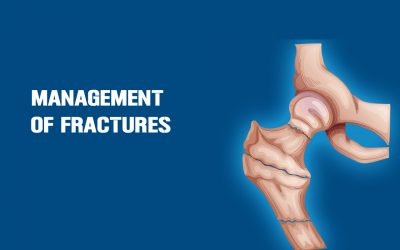What is a Bunion? Know its Symptoms, Treatments and Remedies
Bunion
Bunion is a Bony bump on the inside of your foot on the base of the great toe, which is the effect behind a condition of the foot and great toe called as hallux valgus.
What is Hallux Vagus ?
Hallux valgus is the outward angulation of the great toe with respect to the foot. It is a common deformity of the foot especially in populations where shoe wearing is common.
Do you know that its prevalent in women than men? Yes, Studies have shown that women who had worn smaller shoes and narrower tighter fitting shoes compared to men had associated corns, hallux valgus deformity and foot pain. Apart from this women wearing high heel footwear, overweight men and men with flat feet also are at risk of getting a bunion.
Symptoms
The signs and symptoms of a bunion include:
- A bulging bump on the outside of the base of your big toe
- Swelling, redness or soreness around your big toe joint
- Corns or calluses — these often develop where the first and second toes rub against each other
- Ongoing pain or pain that comes and goes
- Limited movement of your big toe
Is Bunion Painful?
Bunions can cause pain on the bony bump as well as bursa formation (fluid filled sac over the bony bump) this bursa can get inflamed or worse infected and cause severe pain. Due to abnormal walking patterns painful foot, ankle and leg pain can also occur.
Remedies and Treatment Solutions:
The first treatment for hallux valgus is to have proper fitting shoes the foot should be no more than 0.5 centimeters wider than the toe box of the shoe, women who wear shoes narrower than this has higher incidence of foot pain. Wearing footwear with a low heel that provides you room to move your toes may help reduce pressure on your bunion. Applying padding or tape to your bunion may also help reduce pressure. Physiotherapy may help you strengthen and stretch the muscles and connective tissue in your foot.
Non-Invasive Treatment Options:
- Bunion Correctors: Studies have shown that Bunion correctors can work in early stages , with lesser deformity. They Slow down the progression of Bunions. Bunion correctors are designed to straighten your big toe and return it to its natural position. They vary in design, but often fit over part of your foot like a sleeve and have a spacer that fits between your big toe and second toe. However, these may not provide long-term relief, and intervention of an Orthopaedic surgeon is recommended if the patient has a painful prominence.
- Bunion splints can be used to prevent the toe going outward especially in the younger persons. They keep your toe straight by supporting it from the side. Splints generally don’t fit in your shoes and are designed for overnight wear. Bunion splints can be worn in the nights to arrest the progress of the deformity.
- Silicon toe spreaders/separators worn between the great toe and second toe can be used inside the shoes to prevent bunion formation in early stages and also relieve the pain. Toe spacers don’t give you active control over your toe space or movement, but they do help stretch out constricted tissues and give you a good start. Toe separators best serve the purpose of keeping toes from rubbing on each other causing pressure to each other.
- Silicon sleeves which reduce the pressure over the bony bump, can be worn to prevent pain due to the rubbing of the bunion on footwear.
Surgical Remedies:
Various types of surgeries are described for Bunion and Hallux valgus, which require plaster immobilization and implants for at least a couple of months. Decision for surgery is taken after properly assessing the 3-dimensional deformity of the bunion and the appropriate surgery is advised.
Bunion surgery is done by cutting the bone to correct the deformity and prevent further deformity. Before the surgery discuss with the orthopedic surgeon your requirements like running, sports and then tailor the surgery according to your needs as well as the deformity. Bunion splints after surgery may be required for a few weeks.
Conclusion:
Before embarking on any surgery, it is mandatory to have a proper checkup with an orthopedic surgeon and make x-rays and proper understanding of the images will show whether surgery is needed or orthosis or shoe inserts are sufficient.














